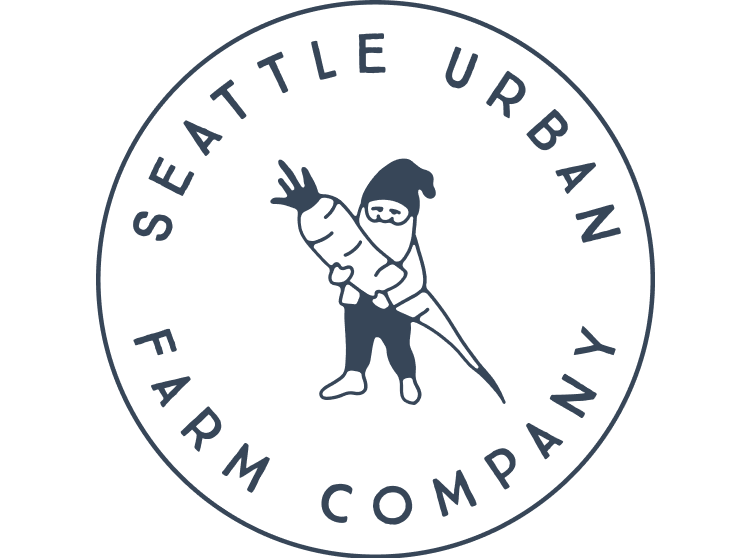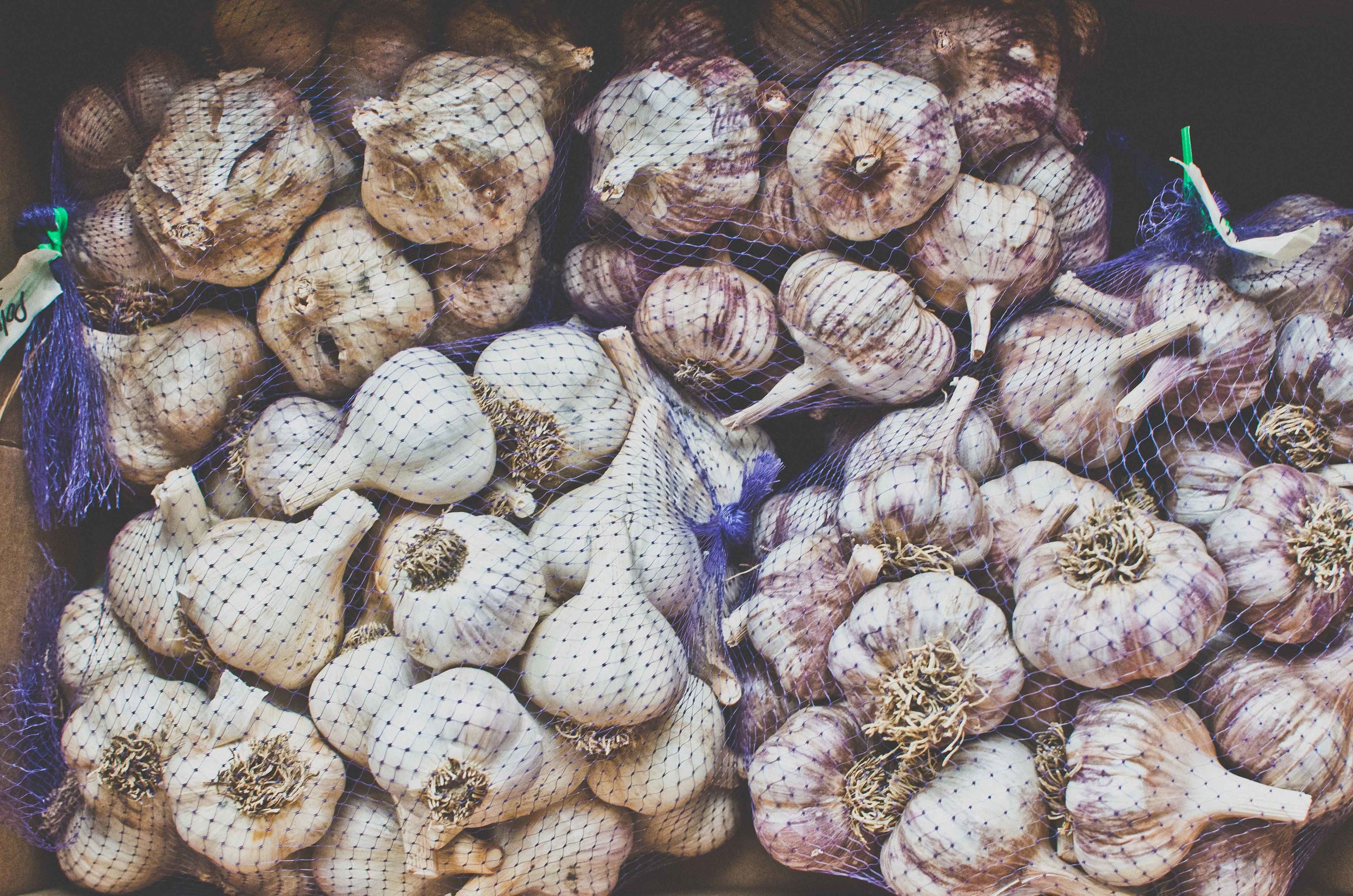FAQ
WHAT IS AN URBAN FARM?
Urban Farming continues to increase in popularity as more people recognize the significant role that food production plays in the health of bodies and our environment. Small-scale food production can happen just about anywhere: at home, at school and at your business. Your urban farm may be a series of cedar raised beds in the backyard, a handful of containers on the deck, a chicken coop, or a beehive. You can replace your ornamental shrubs with a fully edible landscape of vegetables, herbs, berries and fruit trees or just plant a few tomatoes. An urban farm is whatever you want it to be. We hope it is something that allows you to both grow food and feel more connected to the people and environment around you.
HOW BIG IS AN URBAN FARM?
The size of an urban farm is widely variable. To determine the size of your farm it is important to take into consideration multiple factors: such as the number of people that will be eating from the garden and the other functions your property needs to serve (i.e do you need space for your kids or pets to play in, for outdoor dining, monster truck rallies, etc).
Often the most limiting factor in establishing a productive garden is the availability of space with adequate sun exposure. It is essential that your garden space receive at least 6 hours of sunlight a day, and in the Pacific Northwest, more sun exposure is always better! Farms range from one 4 ft. x 8 ft. bed (32 sq. ft.) to a 20 ft x 20 ft space (400 sq. ft.), and larger. Urban farms can even be several acres in size! For those looking for a simple vegetable garden, we find that a 150-300 square foot garden is often the perfect size garden to start with. For those looking to integrate edibles on a larger scale, we design dynamic, perennial edible landscapes that can contain fruit trees, chicken coops, arbors and patios as well as raised vegetable beds.
WHAT DO I GET FROM AN URBAN FARM?
An urban farm will provide you both tangible and intangible rewards. Our goal at the Seattle Urban Farm Company is to provide a garden that will produce a variety of crops throughout the growing season. Your harvest will vary based on the plants you choose to grow and on the time of year.
In the summer, even a small garden may be overflowing with crops like summer squash, peppers, beans, broccoli, strawberries and kale; In the fall, butternut squash, carrots, Brussels sprouts, celery, apples and leeks will be ready for harvest.
In addition to a supply of fresh produce, an urban farm will add beauty to your landscape. The flowers and vegetables of all colors and sizes will make your yard a dynamic and wonderful place to spend your summer days. An urban farm will provide rewards of fresh, high-quality vegetables, and we believe that they can also help foster a deeper connection to our food, our environment and our community.
ARE WE ORGANIC?
Our farming techniques are based strictly upon organic methods. Although most of our farms do not have a USDA organic certification, we are confident that our practices exceed the Organic environmental and health standards. We can assist in acquiring certification for your project as desired. We are dedicated to providing you with the freshest, healthiest, best tasting produce possible.
HOW LONG IS THE GROWING SEASON?
In Seattle, we have a climate that is suitable for growing certain crops year-round. For most gardens, the majority of the harvest takes place between late May and mid-October, depending on the date of the initial installation and seasonal variations. The season can be extended into the winter and start earlier in the spring by adding covers over your beds and by planting cold tolerant crops such as lettuce, spinach, and carrots (among others).











